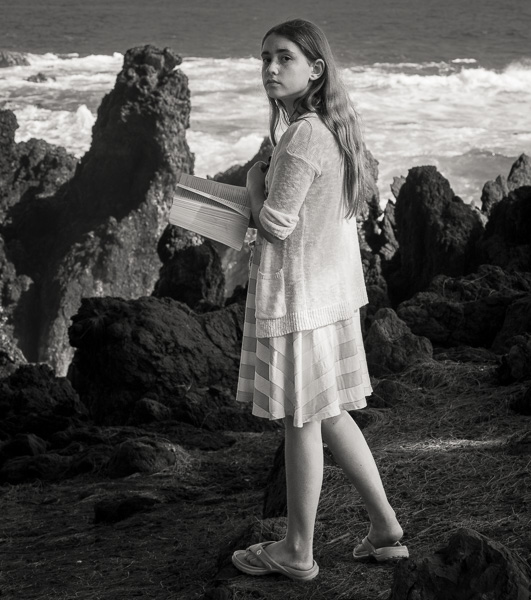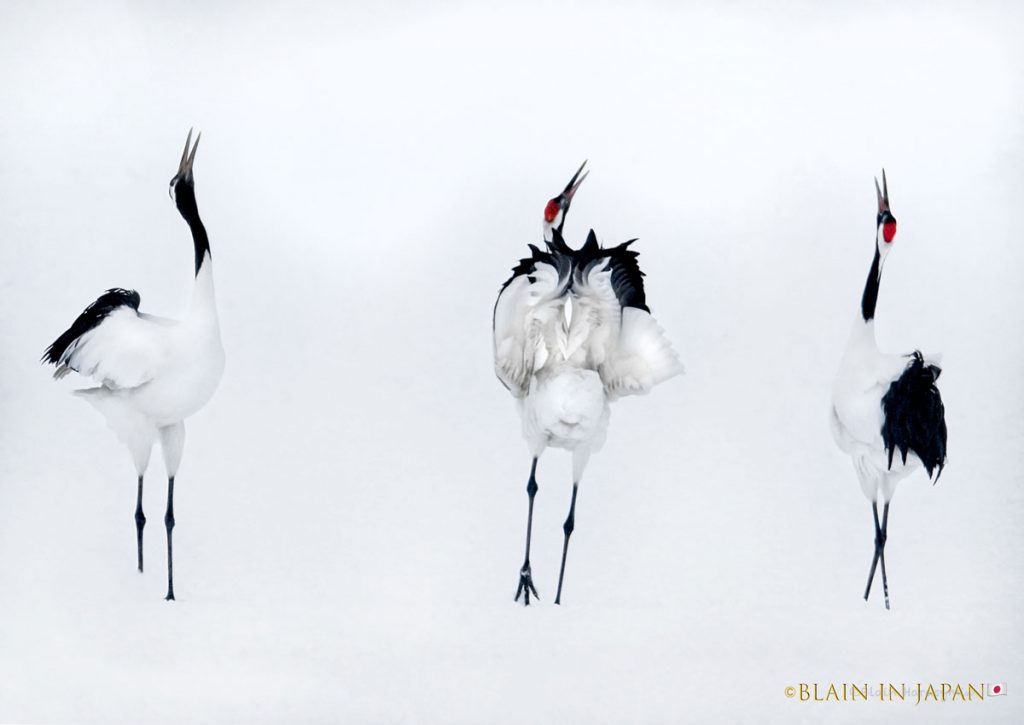

Don’t Miss This Revelatory Look at Man Ray’s Lost Avant-Garde Treasures
Bruce Silverstein Gallery has curated an extraordinary exhibition celebrating the avant-garde genius of Man Ray. Opening this week in New York City, it unveils a trove of the artist’s rarely-seen photographs, films, and abstract works.
Since childhood, Bruce Silverstein has been enthralled by Man Ray’s boundless creativity and experimentation. Over decades, he amassed this personal collection – one-of-a-kind images, unique film stills, and pioneering abstracts that challenged artistic conventions.
A highlight is a 1920s photograph heralded as foreshadowing abstract expressionism. With its bold shapes and painted light, it exemplifies Man Ray’s radical vision. Other pieces exude equal power, their striking natures united by a spirit of daring discovery.
Among the treasures is an original “Le BAISER” print, its folded state revealing Man Ray’s process in crafting his iconic kiss image. We witness the process of two interlocked faces transform into the sensual cropped close-up – a profound insight into the artist’s methods.
“It’s a kiss, a precious gift to captivate viewers,” marvels Silverstein. “An honor to share these thrilling rediscoveries from a true revolutionary.”
Le Baiser de Man Ray is more than an homage to one of the great artists of the 20th century; it offers a refreshing lens on Man Ray’s evolution from an early Dada proponent to a Surrealist master, reinforcing his status as a central figure in modern art. This exhibition posits that at the heart of Man Ray’s diverse body of work lies an enduring commitment to photography; it is a loving caress to each and every one of us by an artist whose love of life can be seen in every one of his creations.
To visit the exhibit, please visit to Bruce Silverstein Gallery, 529 West 20 Street, New York, NY 10011 from April 26th-June 15th. The opening reception April 26, 6-8pm.
Dive deeper into Man Ray’s avant-garde legacy with his nearly 100-year-old films. Experience the innovative Ballet Mécanique (1924) and the visually intriguing Return to Reason (1923) at the provided links, where his pioneering artistry comes alive.













